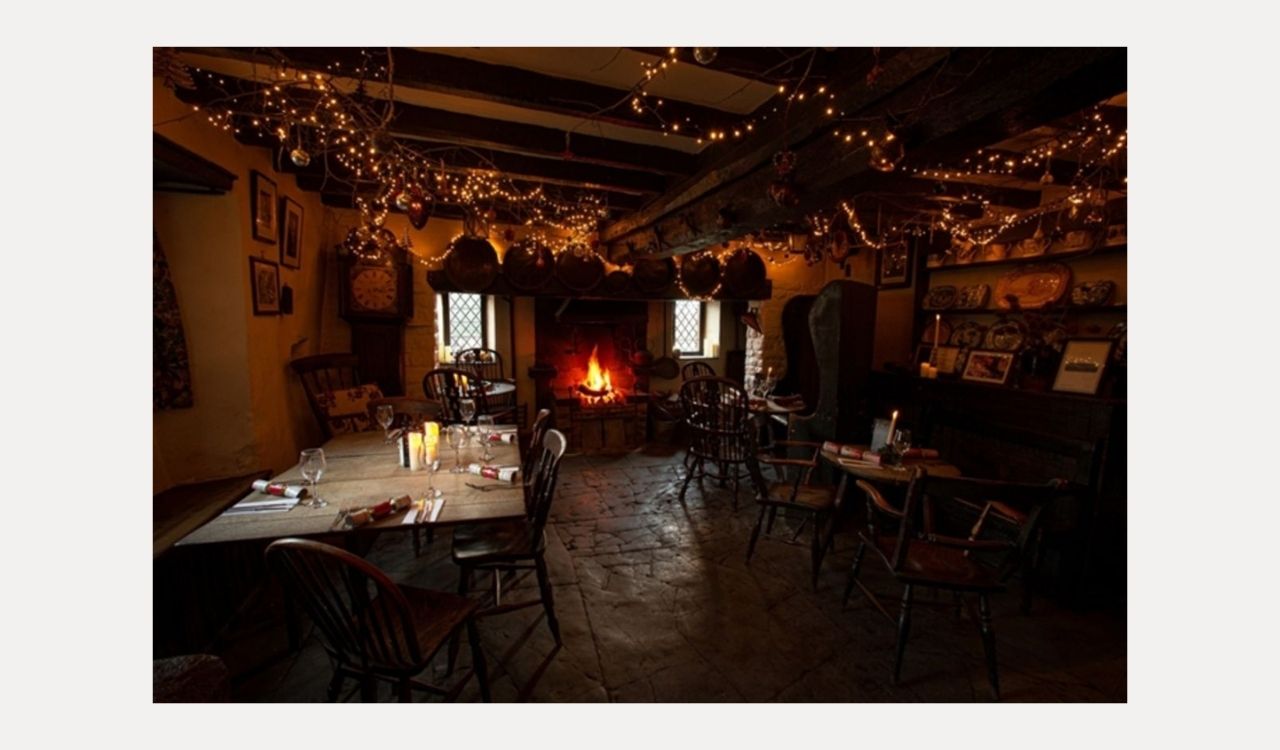Factoids on The History of Christmas Carols

The first carols were pagan songs sung at winter solstice celebrations around the 22nd of December. The word ‘carol’ comes from an old French word, ‘carole’ and means to dance or sing a song of praise and joy.
It wasn’t until much later, during the 9th and 10th centuries, that songs were sung in churches and associated with Christmas. This happened when monasteries in Northern Europe developed the Christmas hymn into a sequence of rhymed verses. In the 12th century a Parisian monk, Adam of Saint Victor, began to create Christmas music from popular songs. His work didn’t catch on though, as it was in Latin, and not everyone spoke it.
In 1223 in Greccio, Italy, Francis of Assis is credited with creating the first nativity play for midnight mass. The nativity contained songs called ’canticles’ that told the Christian story. The choruses of these new carols were normally sung in a regional language, meaning people watching could join in, and this style of singing spread throughout Europe. People singing together and understanding the words was key to the success of carols.
It was nearly another 200 years later, in 1426, when Carols sung in English appeared in works by John Awdlay. He was an English priest and poet. He listed 25 ‘Caroles of Christmas’. They were probably sung by groups of Wassailers who went from house to house singing. ‘Wassail’ is derived from an Old Norse toast, ‘ves heill’, which means ‘be well and in good health’.
In 1647, however, when Oliver Cromwell and the Puritans came to power in England, the celebration of Christmas and singing carols was banished – labelled as a Pagan festival and pastime. Carols and Christmas were sung and celebrated secretly, but surprisingly, carols remained mostly unsung until the 19th century.
In 1822, William Sandies and David Gilbert published the long-winded titled ‘A Collection of Ancient Christmas Carols with the Tunes with which they were Formally sung in the West of England’, there were over 100 carols, many of which we still sing today.
The Victorians loved Christmas and helped cement the festival we recognise today. They established it as an important family holiday, and music and singing were central to the celebrations. They would sing carols after the Christmas meal, and wassailers were now large carolling groups that moved around towns rewarded with a hot spiced drink known as ‘wassail’. The first carol service is said to have taken place in 1880, at Truro Cathedral. The Edwardians continued the tradition, and carol services became a way to bring communities together. This was particularly poignant and important during the two world wars.
In the present day, carols remain very much at the heart of a British Christmas for both religious and non-religious people.
See Related Articles & Features
issue 26
See Our Latest Issue of the Magazine.
See great content for this months digital magazine.
read now



